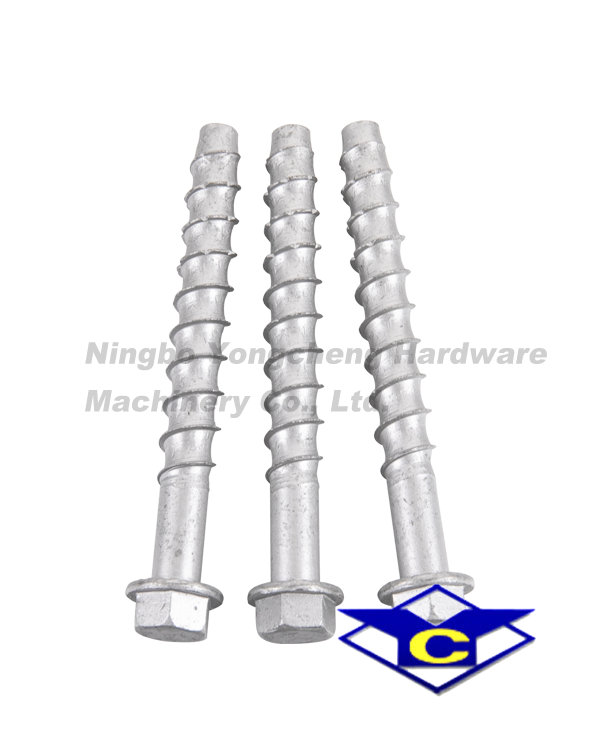

+86-0574-63226508
Cold forming fasteners are fasteners that are made usin […]
Cold forming fasteners are fasteners that are made using cold formed stainless steel. These alloys are commonly used for aerospace fasteners. However, they are not the most cost-effective option. They have other drawbacks, including limited formability and low corrosion resistance. In order to address these shortcomings, manufacturers have been turning to other more expensive materials. These include carbon steel, nickel-based alloys, and 17Cr-4Ni stainless bar.
The process of cold forming has several benefits. One of the greatest is that cold forming produces shapes without scrap material. As a result, cold forming is a cheaper alternative to machining. Cold forming also allows for the high production rates required for complicated parts. Cold forming is not limited to fasteners, either.
Another benefit of cold forming fasteners is the ability to form an accurate and consistent shape. This process uses several stages of hammers and dies, which are adjusted automatically to allow for maximum accuracy. The resulting part is then passed through multiple forging stations. In addition, it pierces a hole so that later operations can take place.
Another advantage of cold forming is that it produces fine and smooth surfaces. Unlike hot forging or casting, cold forming fasteners do not require further finishing. In addition, cold heading allows independent parts to be joined together as one. This improves strength and efficiency. Cold heading also helps in the cost of production.
Modern cold forming machines can contain up to seven die stations and a similar number of punches mounted on a slide. They can move horizontally and are designed for small and medium-sized batches. Cold-forming is used in production-scale fastener manufacturing operations. However, it is not appropriate for stainless steel because the work hardening imparted to the material makes it less ductile and difficult to flow.
Cold forming fasteners are made from a wide variety of metals, such as steel, stainless steel, and aluminum. In addition, cold forming produces low wear and high-quality products, with low material waste. In addition, cold forming leaves radii on most corners of the metal.
In the process of cold forming, metal is cut into smaller pieces using a punch block and die. The resulting piece is generally larger than the initial blank. Cold heading can be more cost-effective than machining because it can produce large batches with good tolerances.
